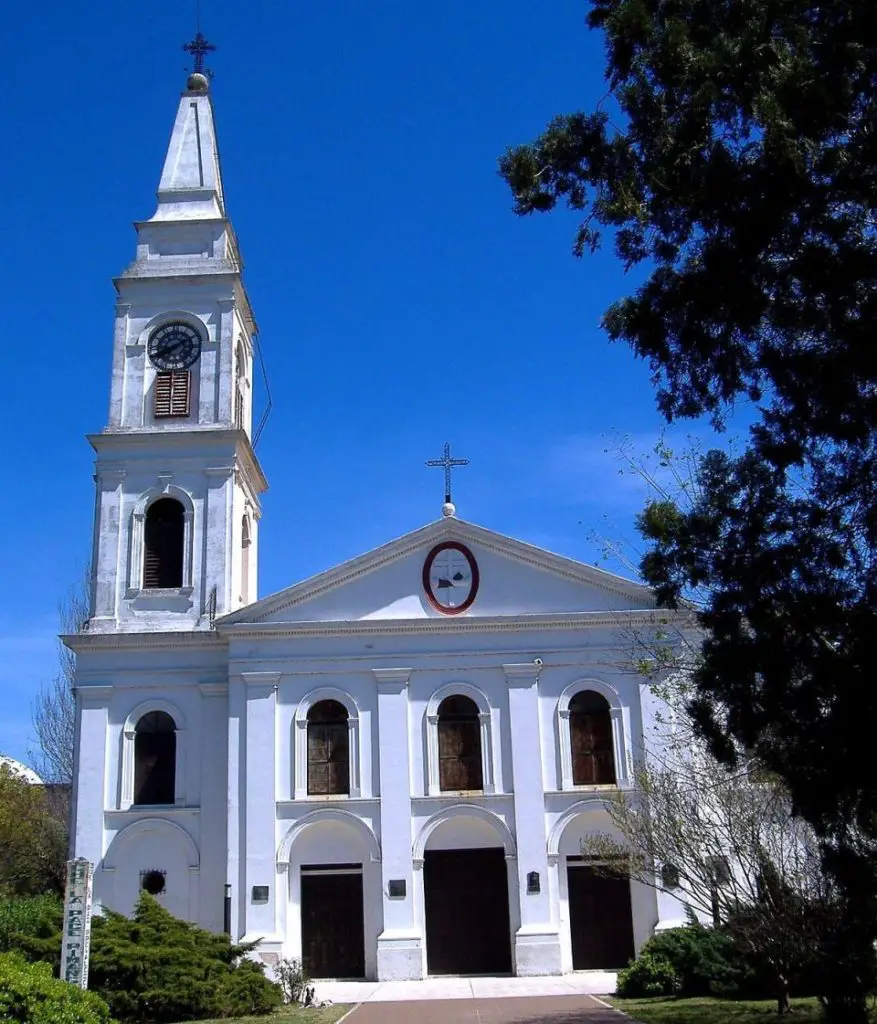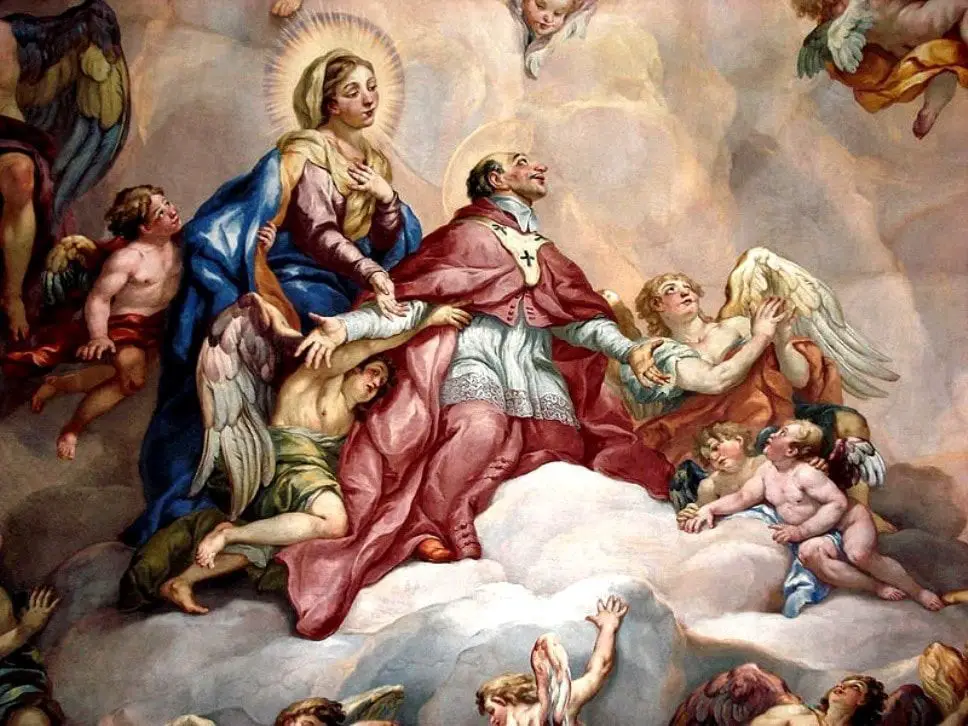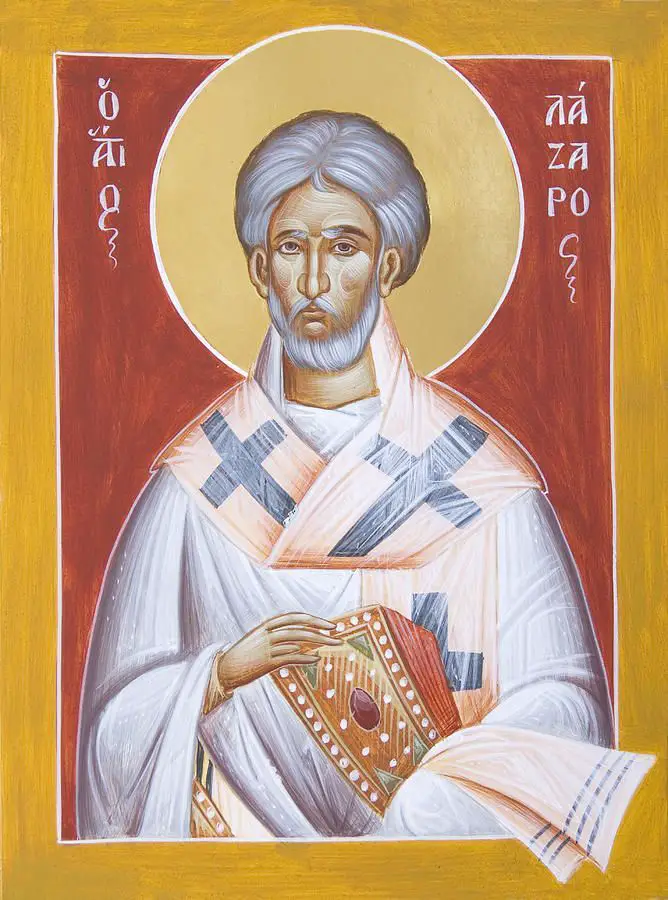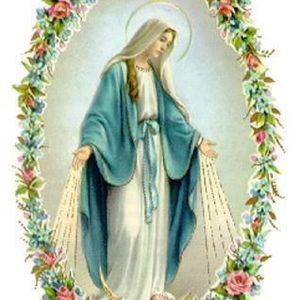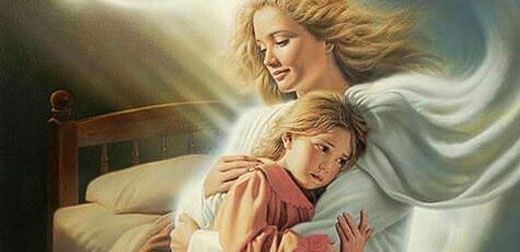St Charles Borromeo, know all the details of the life of this saint who, in times of confusion, achieved the rebirth of the principles of the Church, he is the saint who not only cures us of any virus, but also strengthens our faith.
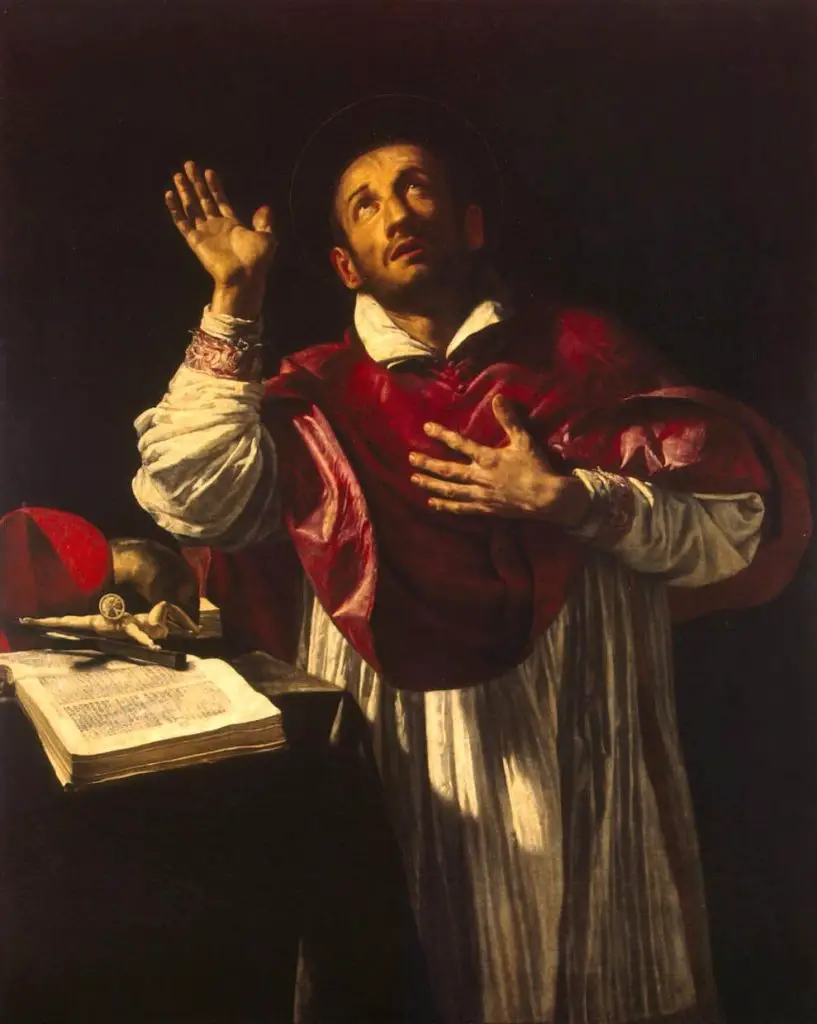
Biography and life of Saint Charles Borromeo
Saint Charles Borromeo, a Renaissance saint, was born in northern Italy, in Lombardy, in the town of Arona, on 2 October 1538. It was also the time of the Protestant Reformation, led by Martin Luther (1483-1546), and Renaissance Humanism, intellectual movements that influenced European religious thought in the 16th century.
These movements would bring about great changes in the management of religious affairs, of which St Charles Borromeo would be a part, especially with regard to humanism, and would have a great impact on the religious, scientific, humanistic and economic development of humanity.
The parents of St Charles Borromeo belonged to the dominant social and religious elite of Italy, his father was the Count Borromeo of Arona and owned a palace in the city of Milan, Italy, and Margaret de Medici, his mother, belonged to the Florentine nobility, the family of several popes, Pope Leo X, Pope Leo XI and Pope Clement VII, the Medici were also related to three queens of France. (See: How many popes have there been from antiquity to the present day).
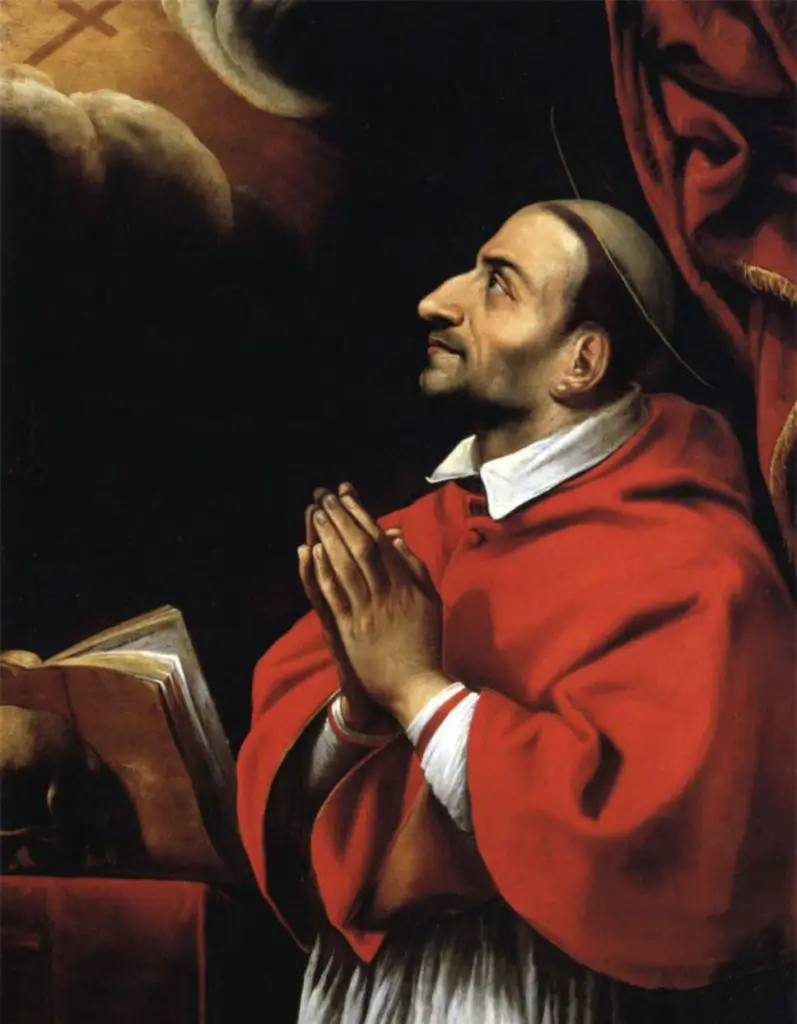
St Charles Borromeo’s youth developed in this context, full of religiosity and opulence. He was educated from an early age according to Catholic doctrine, and at the age of twelve he consecrated himself to God through the ritual of Tonsura, receiving the Abbey of San Gracian in Arona as a gift from his uncle, but St Charles Borromeo reminded him that the income from this rich family property should be used to help the poor.
In 1552 he entered the University of Pavia in Lombardy, enrolling in the Faculty of Law, where he stood out as a diligent student of exemplary conduct, unlike many of his fellow students who were of reprehensible behaviour.
Although some historians consider him to be not very intelligent at this university stage, he obtained his doctorate in canon law in 1559, at the age of 21, and later in his short life he would stand out for his social and religious works, for which he held various positions in the Catholic Church, demonstrating the intellectual genius he possessed.

A few days after his graduation, his maternal uncle, Cardinal Giovanni Angelo de’ Medici, was appointed Pope, under the name of Pius IV, an event that would be very important in his life, because this Pope would practice nepotism, and Saint Charles Borromeo was one of his favourite relatives, to occupy important positions in the leadership of the Catholic Church, so that in 1560, barely 22 years old, Saint Charles Borromeo would be in charge of key areas of the Church.
Pope Pius IV gave him the title of Cardinal Deacon, of Milan and of Saints Vitus and Modestus, head of the Franciscan Order, Protector of Portugal, Administrator and Consultor of the Papal States, among other titles, and in the following year, 1561, he appointed him Secretary of State, Member of the Holy Office and Governor of several provinces, as a reward for the high level of collaboration he gave him in his pontificate.
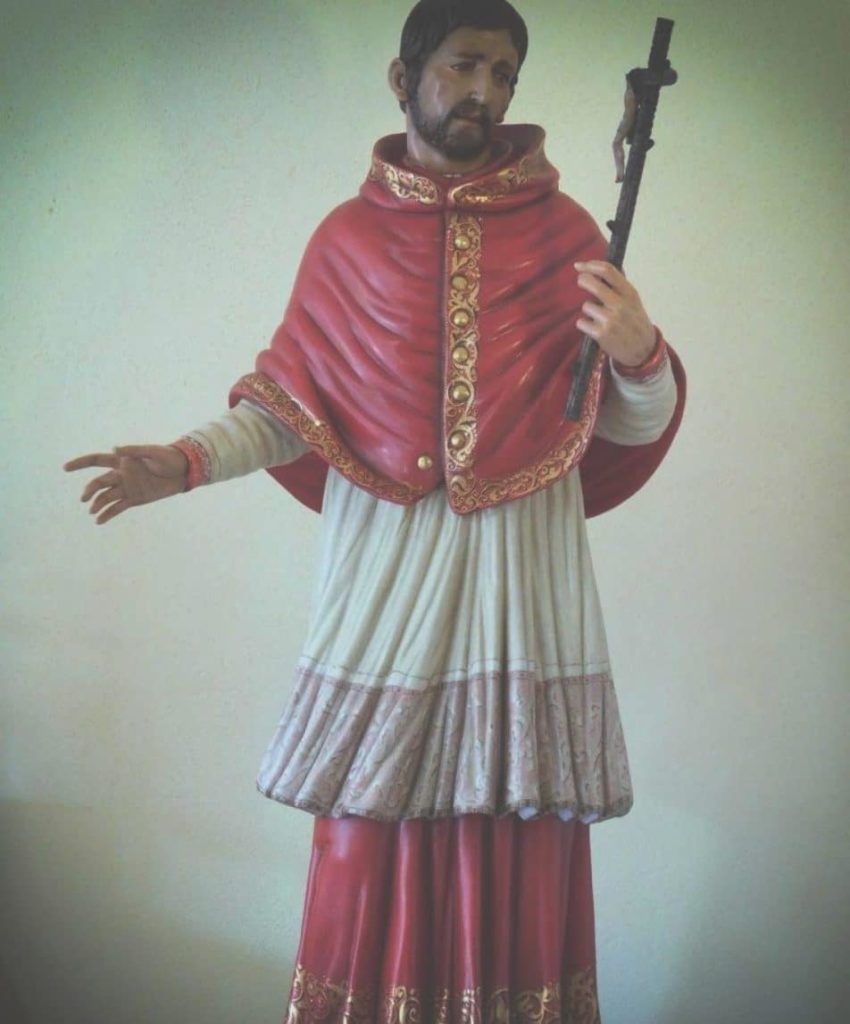
Between 1562 and 1563 he attended the Council of Trent. Among the important agreements of this event was the reaffirmation of the Church as a mediator for the salvation of humanity, leaving aside the divisive slogans of Protestantism, St Charles Borromeo’s participation in the Council of Trent was to ensure that these series of meetings of papal delegates would not be dissolved, as had happened in previous years. (See: Why was the Council of Trent organised in ancient times?)
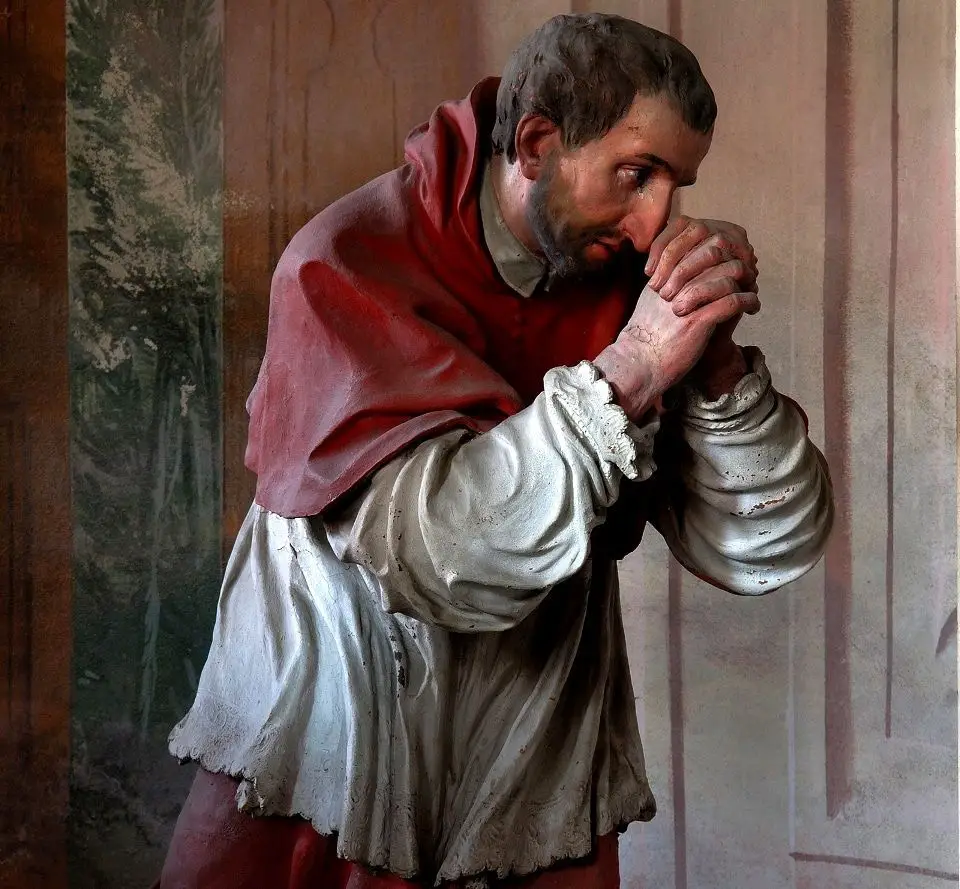
St Charles Borromeo made a spiritual retreat and practised the Spiritual Exercises of St Ignatius of Loyola in a Jesuit monastery, after which his attitude to life began to change, he began to devote himself entirely to clerical work, leaving aside his entertainments, which consisted of frequent hunting, spending long hours playing chess and distracting himself with musical instruments.
In 1563 Count Frederick Borromeo died, to whom St Charles Borromeo was to succeed by right of inheritance, since his parents had died and he therefore had the right of succession in the administration of the family property. This event put the continuation of his clerical life into question, since he had to marry to continue the genealogical tradition of his surname and because it was a considerable fortune.
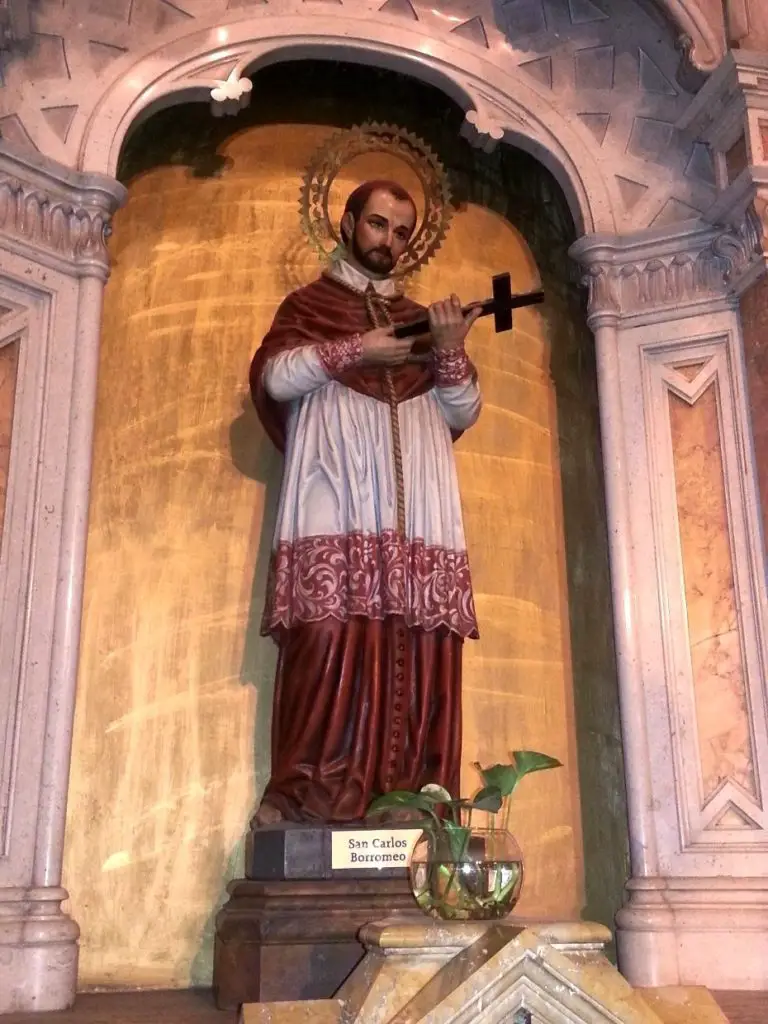
However, St Charles Borromeo decided to delegate this right to one of his uncles to be ordained priest that same year, which shows his firm intention to consecrate his life to the service of Jesus Christ, so he decided to become a priest, which was granted to him on 7 December 1563 (See: How to become a priest and have a parish full of parishioners).
St Charles Borromeo was consecrated bishop on the 7th December 1563, then he promoted the spread of the Catechism of Trent and received the Archdiocese of Milan, which years before he had tried to reform with the help of the Jesuit Order, because this Archdiocese had been without a bishop for many years, so he decided, with papal permission, to move to Milan and set up a provisional council.
In 1564 Pope Pius IV granted him the honour of being named Cardinal Presbyter, consecrated to St Praxedes, and in 1565 he was transferred to the diocese of Milan, where he held five provincial synods and began to carry out some reforms in the diocese, but during a trip to the region of Tuscany, St Charles Borromeo received the news that his uncle, Pope Pius IV, was very ill.
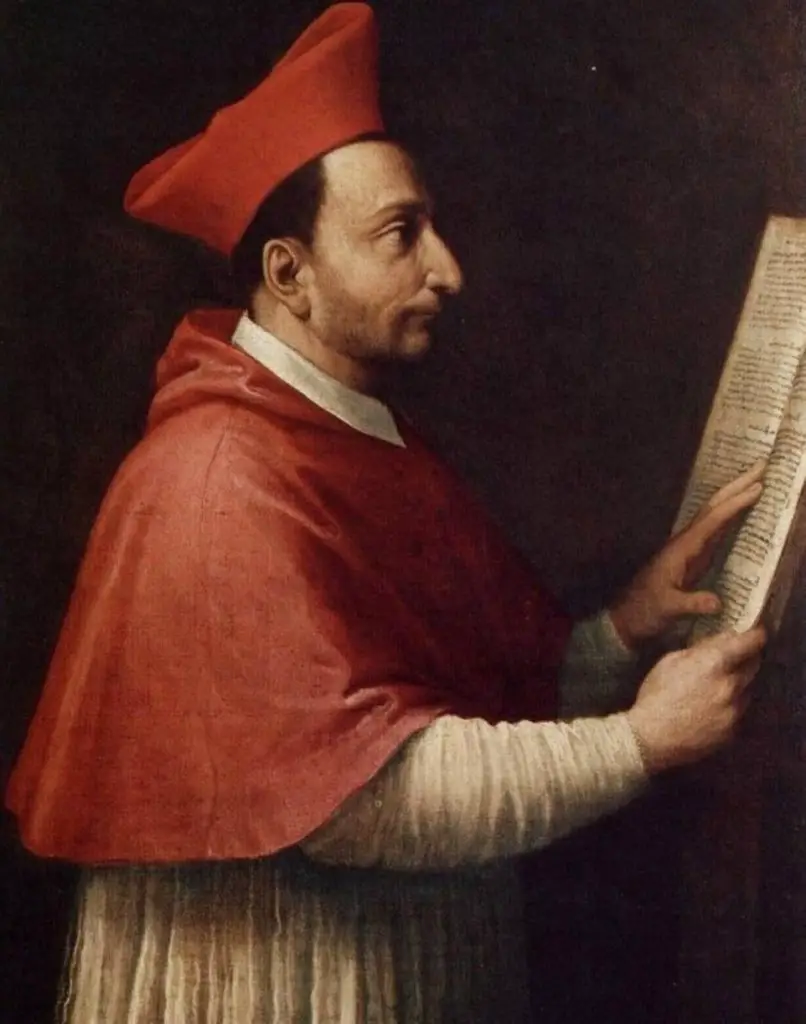
It seems that Pope Pius IV had contracted the Roman fever, now known as malaria, a plague that frequently ravaged Europe, and St Charles Borromeo returned to Rome to accompany his uncle in these grave moments. Pope Pius IV died of a terrible fever on 9 December 1565. St Charles Borromeo, together with St Philip Neri, assisted him in his last hours.
Saint Charles Borromeo returned to exercise his leadership in the Archdiocese of Milan, which he began to restructure, making it more agile and precise in the handling of baptismal books, first communion and other sacraments, he favoured a better social attention, giving it a free character to some services, he also carried out reforms in the Cathedral of Milan, giving it a more Italian style and in accordance with the Renaissance era (See: How many sacraments exist in the Catholic Church and which are they).

The income of his diocese was low, so he imposed a strong sense of austerity, not forgetting to practice charity to the most needy, selling silverware and other valuables to increase the number of recipients of donations. The lifestyle that St Charles Borromeo adopted was very austere, which led him to wear an old cassock both in summer and winter.
Saint Charles Borromeo carried out many social changes in the religious and social fields, and forced many priests to lead an exemplary life, because many of them showed unworthy behaviour, which not only discredited the Church, but also encouraged the spread of superstitious practices among the villagers, who had no good spiritual guide to teach them the truths of Jesus Christ. (See: Is Jesus Christ God According to the Scriptures?)
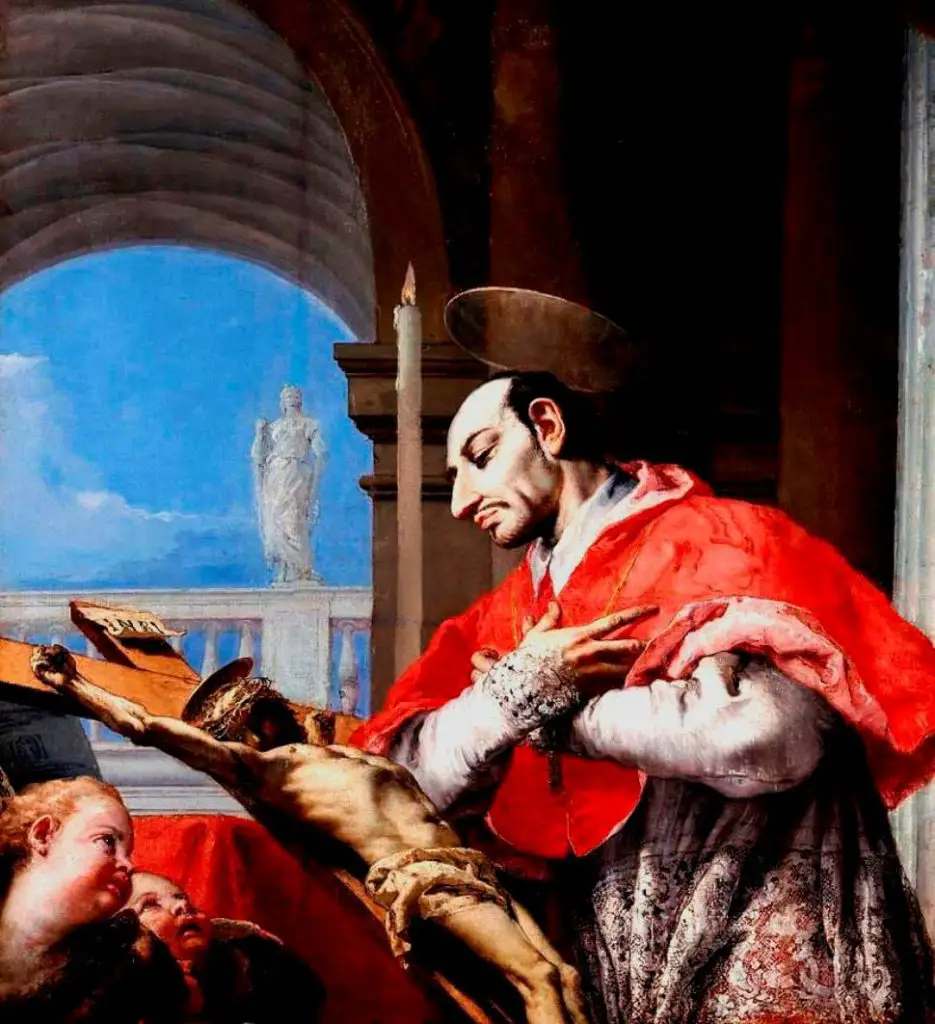
Saint Charles Borromeo’s aim was to bring order to his archdiocese, which would be reflected in an improvement in social behaviour, since at that time humanism and the Protestant Reformation were an excuse for many to take liberties, such as abandoning the practice of Christian doctrine, behaviour that also affected the members of the Church; for this reason, Saint Charles Borromeo summarily expelled priests who did not lead an exemplary life. (See: What is the doctrine of Christ according to the Holy Scriptures).
He also expelled from the monasteries all those who did not make a true professional commitment and imposed on them the observance of monastic rules inspired by those of St Ignatius of Loyola, and he also spread and implemented the decrees of the Council of Trent, setting an example by practising them himself. St Charles Borromeo was very detailed in the sacramental registers of the Church, and for this reason he is considered a promoter of statistics.
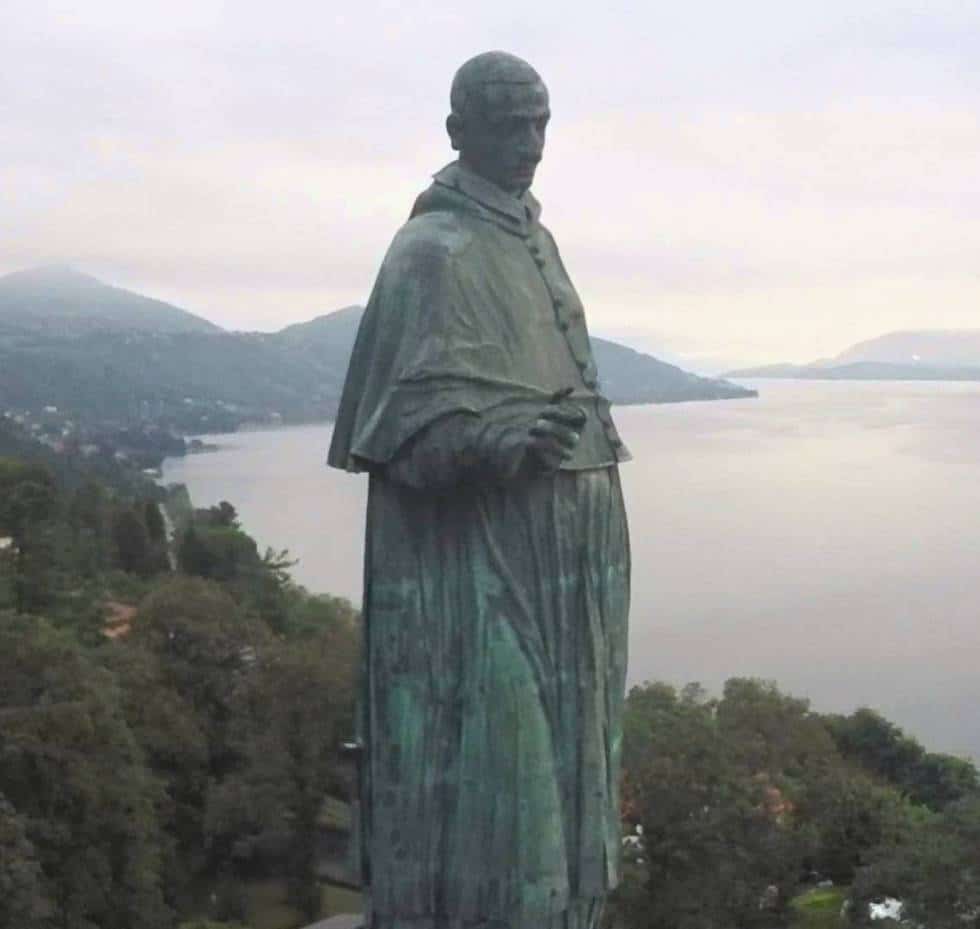
He founded the Congregation of the Oblates of St. Ambrose, the Confraternity of Christian Doctrine, which brought together many schools and institutes of religious education, the Borromeo College in Pavia and the University of Brera.
By promoting the Catholic education of children, young people and adults, he sought to overcome the moral decadence of the time, brought about by the rise of the Renaissance and the Protestant movements of Martin Luther, which also sought to divide the Catholic Church. (See: Who divided the Catholic Church during the Protestant Reformation).
St Charles Borromeo is described as a person of normal height, white, blue-eyed and shy in appearance, with a physical handicap that affected his speech, he had a personality and manner based on deeds rather than words, he possessed a firm character which helped him to clean up his diocese by expelling priests who had gone astray in their behaviour before God and the Church.
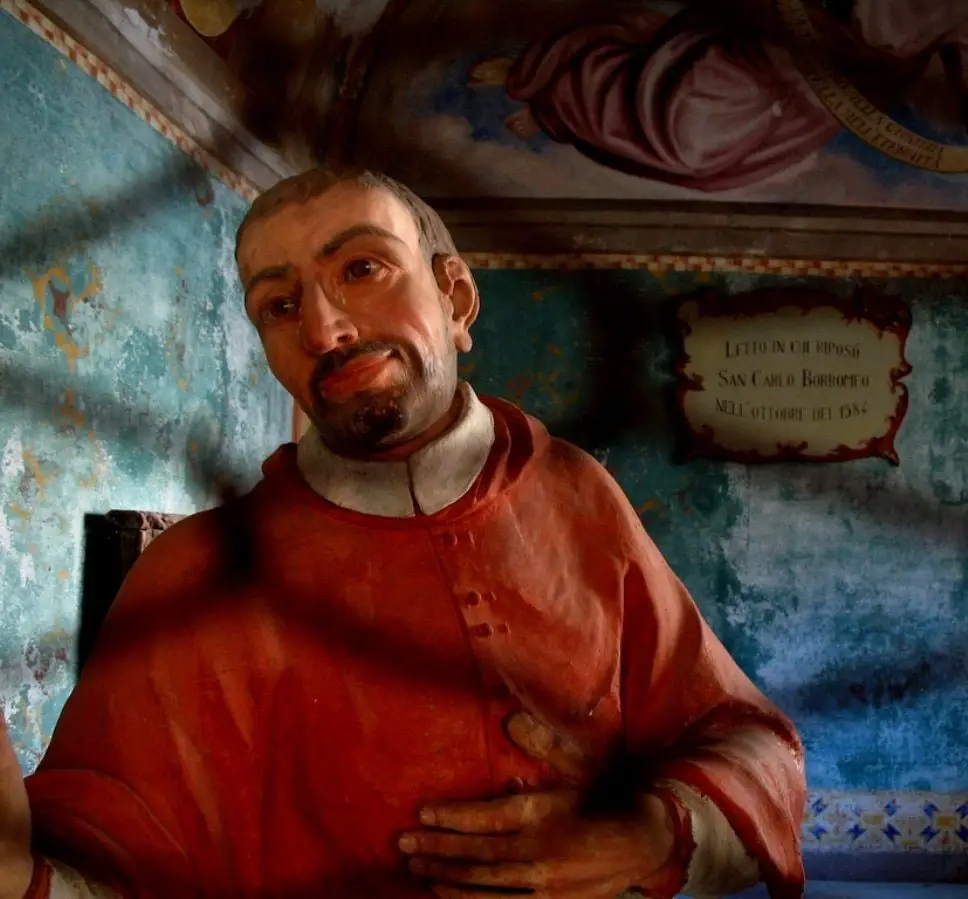
St Charles Borromeo travelled through Central Europe to purify the clergy in those regions whose corruption had been brought to his attention, removing several clergymen from their positions and appointing in their place others with vocations of pious service who would promote the renewal of the Catholic faith, as Protestantism continued to attack the authority of the Church as the mediating institution between Jesus Christ and humanity. (See: What is the Church for regular Catholics?)
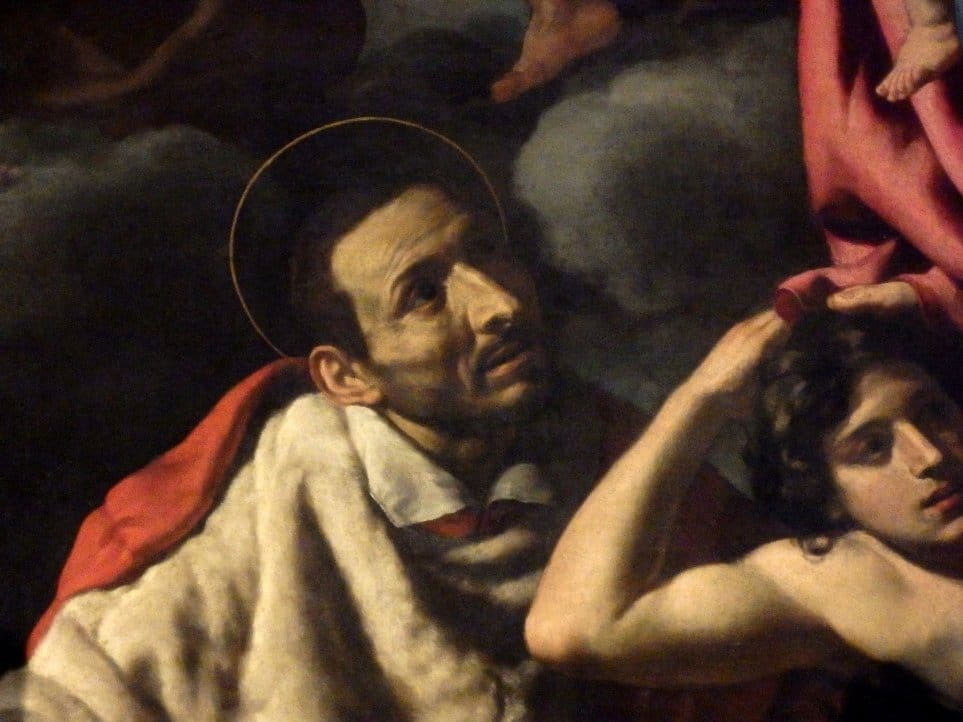
In his zeal for reform, which was typical of the Renaissance period, he sought to restore the majesty of the Church’s behaviour and actions, which led him to clash with some of his fellow clerics and to confront those who did not accept his reforms. Among the conflicts that St Charles Borromeo had to face was that with the canons of the collegiate church of Santa María de la Escala, who prevented him from entering the church.
https://www.youtube.com/watch?v=NICZkto8zvI
During this trial, a priest made an attempt on his life and his reforms, shooting him, possibly with an arquebus, which, thank God, hit the crucifix he was carrying, which, without doing him much harm, was about to take his life. Thanks to the intervention of the Governor of Milan and the papal mediation, the canons submitted to the orders of St Charles Borromeo.

After these events, he made a spiritual retreat and then travelled to the Swiss valleys, where he continued his preaching of Catholic doctrine in the Swiss Alps, restoring the solemnity of monastic life in that region and also succeeding in converting a group of Protestants.
When he returned to Milan, he put his vocation to service at the service of the poorest, since the region was suffering from a serious famine, and he allowed the most needy to be helped with the proceeds of his income.
In 1576, Saint Charles Borromeo, with his revenues and the services of his archdiocese, helped to face the ravages of a terrible epidemic that affected the cities of Rome, Florence and Milan, Saint Charles Borromeo had an admirable performance during the two long years that this plague lasted, in this period he carried out true works of charity and mercy, helping to care for the sick (See: What is mercy towards our fellow men and when to practice it?).
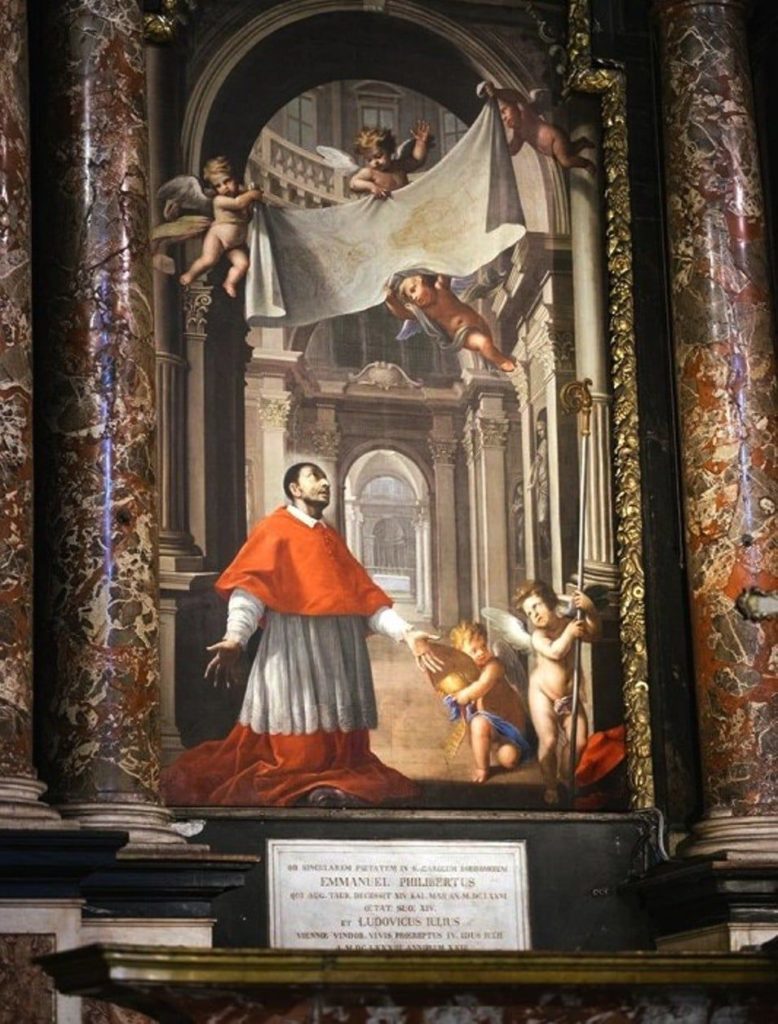
St Charles Borromeo was in danger of being infected, but he diligently cared for the sick, including his priests, and sold his few remaining possessions to care for the dying, some of whom were his closest followers.
St. Charles Borromeo used the curtains of the Cathedral to make clothes for the poor, because trade was completely paralysed by the plague that decimated the entire population, a plague that lasted until 1578 and was called the plague of St. Charles to commemorate the charitable actions he carried out not only for the poor, but for all the inhabitants during the development of this terrible epidemic.

At the end of October 1584, he was in Arona, his home town, celebrating his last mass, because St Charles Borromeo felt that he was close to his day of leaving this world, and in fact his body was weak due to the excess of work and fasting that he had been subjected to, he felt ill and after finishing the mass he returned to Milan where he died on the 4th of November, after his death the Milanese began to pay devotion to him. (See: Why do Catholics venerate saints in all presentations?)
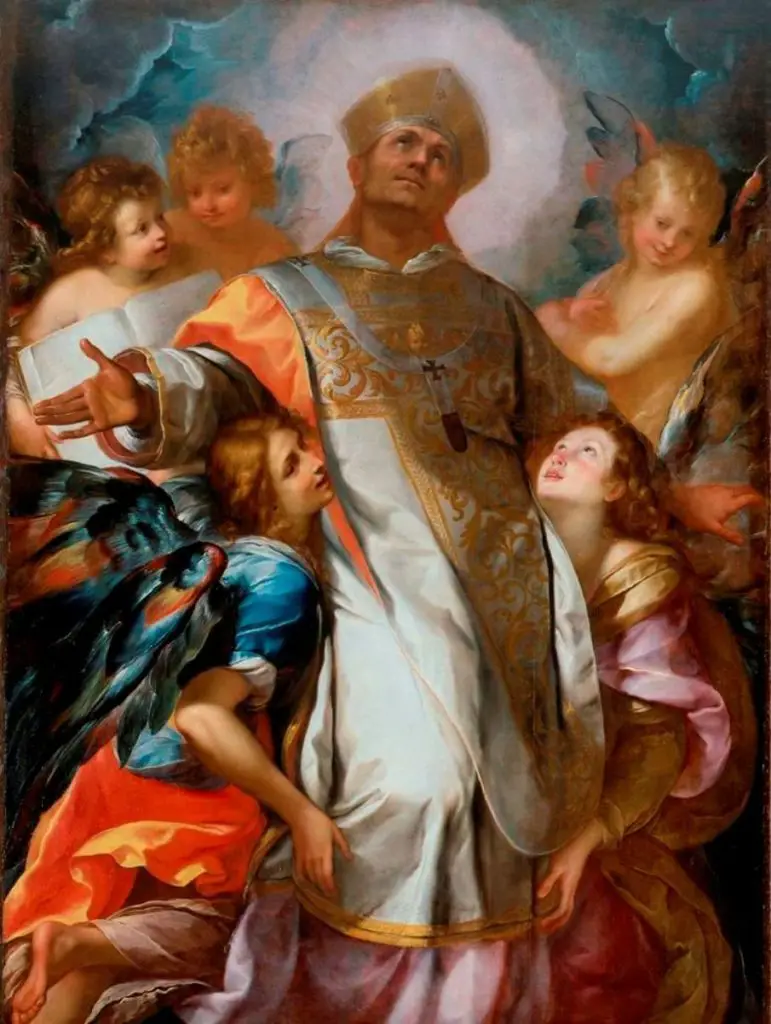
In 1601 the first masses dedicated to St Charles Borromeo began to be celebrated in place of the traditional requiem masses for the dead, increasing the number of his parishioners and spreading his devotion to several European cities. He was canonised by Pope Paul V in 1610, his incorruptible body is kept in the Cathedral of Milan and his heart is kept as part of the relics in the Church of St Charles Borromeo in Rome.
Sanctuary of St. Charles Borromeo
After his death, because of his dedication to restoring the prestige of the Catholic Church and his constant support for social causes, his devotion spread from the city of Milan to the entire European continent, which is why he was canonised on 1 November 1610 by the then Pope Paul V, who established the day of Saint Charles Borromeo, the day of his feast, on 4 November. (See: Why do Catholics worship images when the Bible forbids it?)

His relics, incorruptible, as a token of his holiness and because his works were guided by the Holy Spirit, are kept in the Cathedral of Milan, in a silver-lined sarcophagus, and his heart was taken from him and is in the Church of St Charles and St Ambrose in Rome.
Miracles of St Charles Borromeo
Saint Charles Borromeo dedicated his life to the service of the Church, promoting its splendour within it and exhorting the clergy to care for the poorest. He fought against Lutheranism and the Protestant movement, which sought to deprive the Church of its authority as an institution dedicated to intercession before God for the salvation of souls, which is why his miracles are linked to his virtues.
https://www.youtube.com/watch?v=hQJTRqxILJQ
For this reason, he opposed these movements and founded many institutions dedicated to the teaching of Catholicism, which produced clerics, priests and other members of the Catholic Church as servants of God of impeccable conduct. (See: Who are the members of the Catholic Church according to its hierarchy?
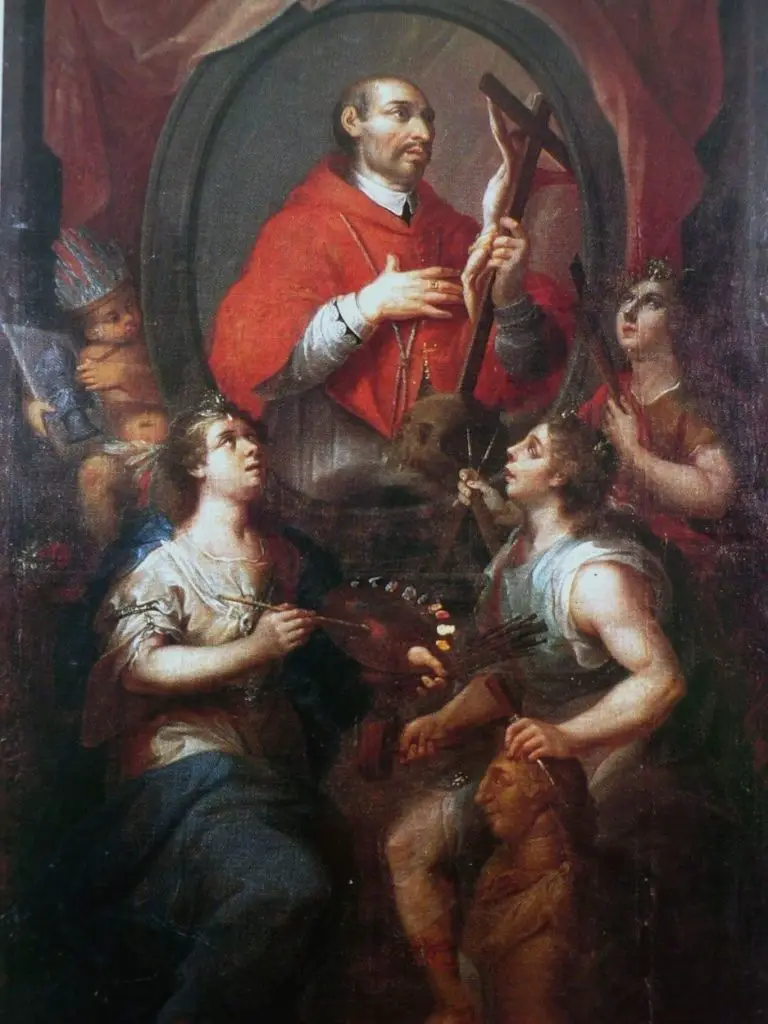
Saint Charles Borromeo is venerated by those who seek miracles to strengthen their faith, by those who face dangers in defending their causes, by those who seek God to provide them with sustenance, by the sick, by those who suffer from epidemics, by those who must mediate in disputes between like-minded groups, are among the areas in which this saint, through his intercession before God, is able to grant us his miracles. (See: Why does God work miracles in people of faith?)
The Church of Saint Charles Borromeo
The body of St Charles Borromeo lies in the Cathedral of the Italian city of Milan, a huge temple dedicated to the Blessed Virgin Mary, and is his most important church because it is where his followers go to seek his intercession before Jesus Christ for the healing of their ailments. The Cathedral of Milan was the sacred precinct where St Charles Borromeo exercised his leadership over the Archdiocese of Milan.
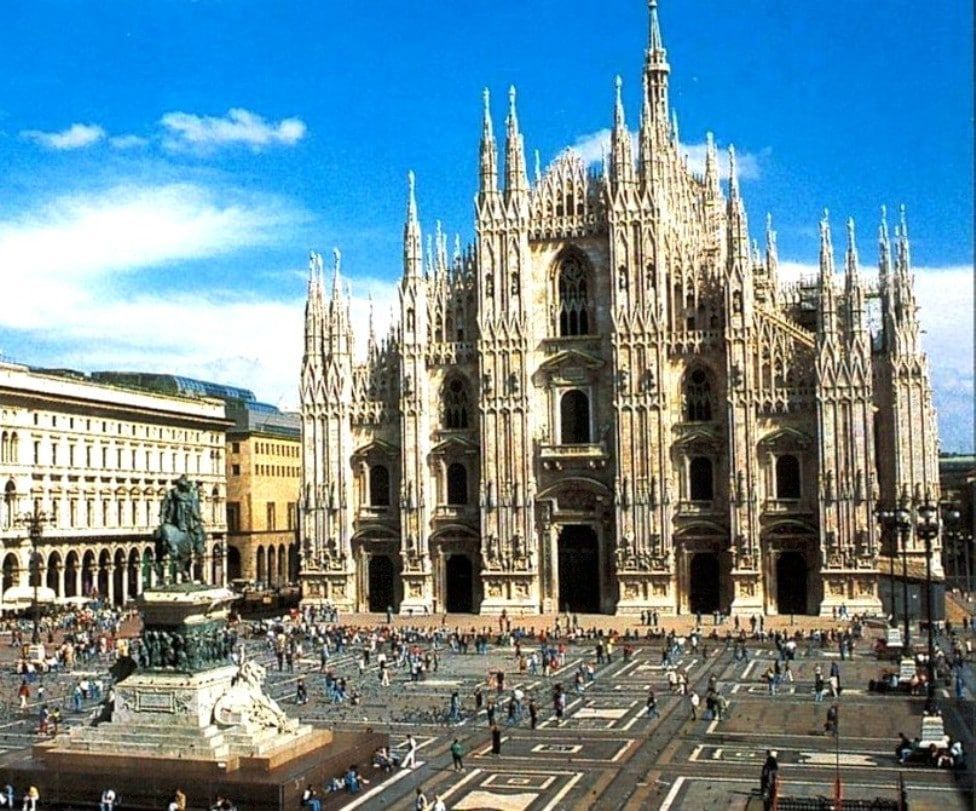
The Cathedral of Milan was restored in 1577 by Saint Charles Borromeo, who gave it a more Italian style, typical of the Renaissance period, reconstructing the presbytery and adding altars, among other works. Another of Saint Charles Borromeo’s churches, where he is also venerated, is the Church of Saint Charles in Rome, where the relics of his heart are kept.
In various cities in Europe and America there are churches dedicated to him, and in many towns there are chapels dedicated to this merciful saint, as there are also some cities called San Carlos in homage to San Carlos Borromeo, centres and institutions dedicated to teaching the Word of God have taken him as their patron saint, and there are countless schools that honour them with his name. (See: How to teach children the Word of God without boring them).
Prayer to St Charles Borromeo
Because of his dedication to the service of his fellow human beings, his attention to social problems, his dedication to the service of the Church in times of religious decline, his love for Jesus Christ shown in his constant help to the poor, whom he treated with great respect, and because of the many miracles that his devotees have obtained through his intercession before God, it is often necessary to turn to Saint Charles Borromeo in search of relief from our ills.

Lord, Sovereign God of the Universe, all Merciful, hear this, Your faithful servant, because today I come to You with total humility to ask You to help me to strengthen my faith in You and to allow St Charles Borromeo to intercede for me for the forgiveness of my sins and for the recovery of my body, which is affected by this disease, _____, that afflicts me so much and for which the doctors cannot find a cure. Amen.
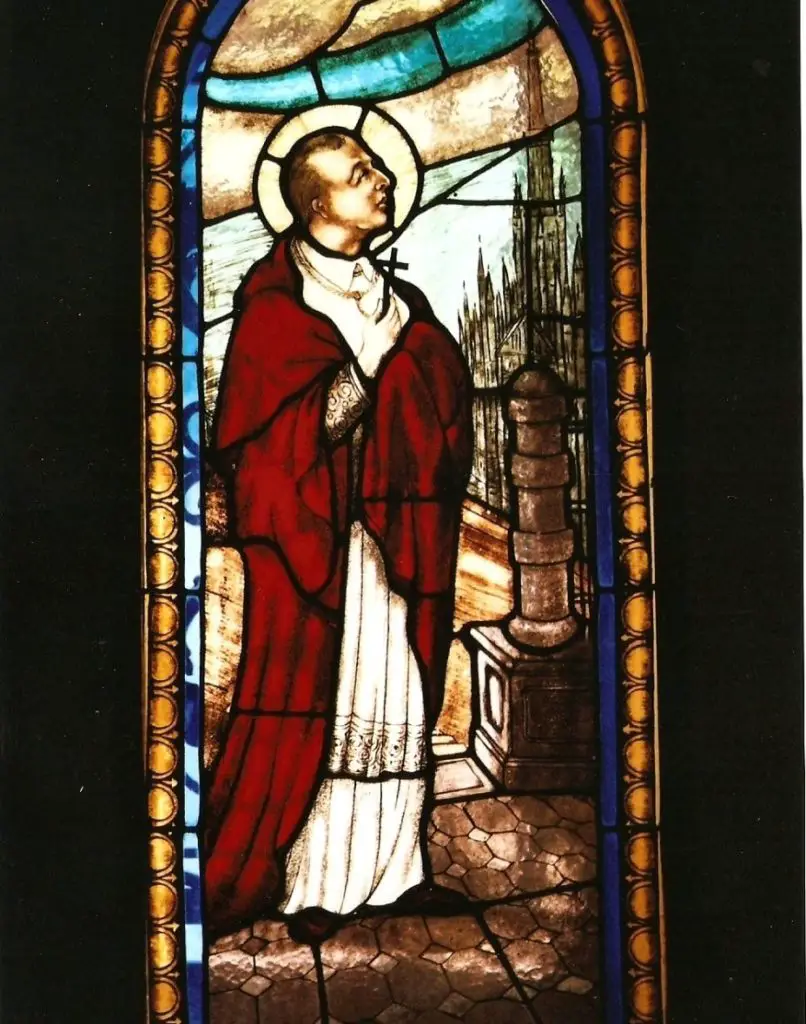
Holy One, who cared so much for the helpless, who helped those afflicted by the deadly plague, I come before your venerable image with great humility to invoke your holy presence, on this simple altar, so that through your benevolent intercession before God, you may grant me the following miracle of healing, ____, and may I be cured, through the magnanimous power of Jesus Christ, of this evil that causes me so much affliction, I thank God for giving me your blessing. Amen.
Sayings of Saint Charles Borromeo
Although St. Charles Borromeo suffered from a speech impediment that made his way of expressing himself very peculiar, almost a stammer, his sayings are full of intelligence and pertinence, applicable as praiseworthy advice to be used in different situations in which we seek to highlight the benefits of serving our God, these sayings demonstrate the intellectual genius of this saint.

His most famous sayings are “Whoever saves his life will lose it, but whoever loses his life for my sake will find it”, a phrase from St Matthew on which St Charles Borromeo drew to remind priests and other servants of God of their vocation to serve Jesus Christ: “Souls are won on the knees”, inviting them to constant prayer, an act which he habitually carried out.
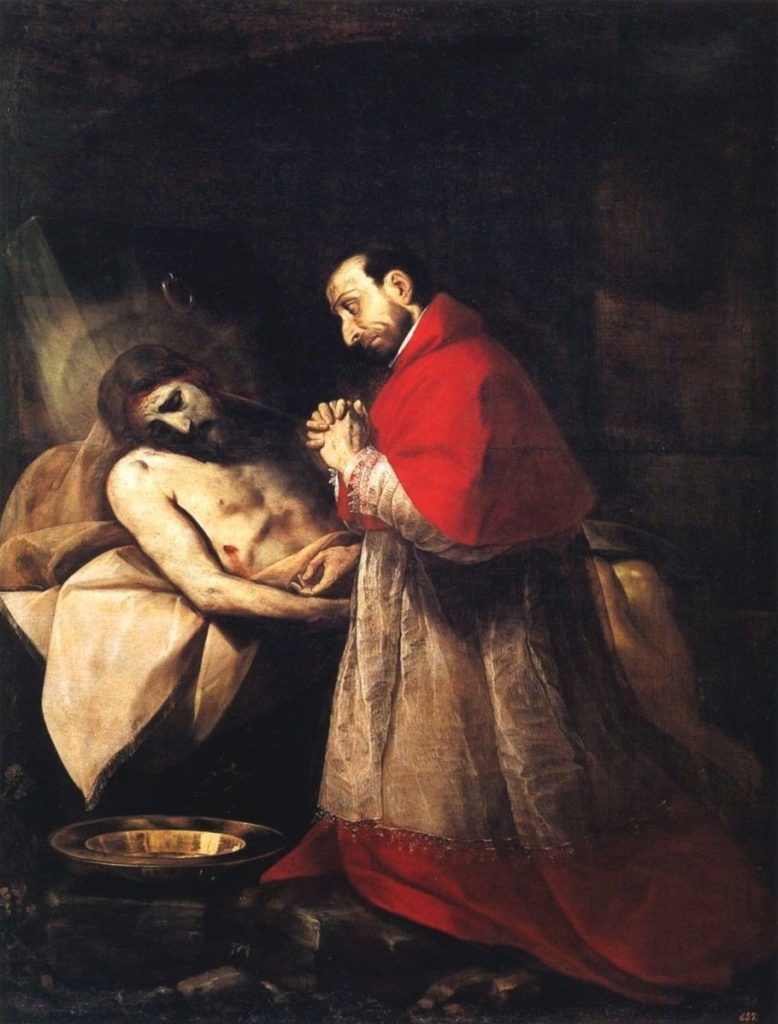
Another saying of St Charles Borromeo relates to the importance of the life of a priest, a saying he uttered to emphasise that the servants of Jesus Christ must be cared for, because through them many can be saved. It was when he was caring for a terminally ill priest and some of the clergy suggested that he stop caring for him, but he told them: “It is clear that you do not know the value of a priest’s life”.
Monastery of St Charles Borromeo
Located in the city of San Lorenzo, Argentina, the convent was founded in 1780 by the Franciscans and is dedicated to San Carlos Borromeo, although due to its location it is known as the Convent of San Lorenzo, a church of the First Order of St. Francis of Assisi, where the Historical Museum of the Convent of San Carlos is located.
Its historical tradition is linked to the period of Independence, the ashes of the heroes of the Battle of San Lorenzo are kept in its facilities, it hosted the troops of General San Martin, in this convent of San Carlos Borromeo the first institution of public education worked, from this convent the missions of evangelisation of the natives by the Franciscans started, and in 1940 it was declared a National Historic Monument.
Novena to San Carlos Borromeo
Saint Charles Borromeo was a saint from one of the most important Italian families in the Roman Church, as his family, the Medicis, were several Vicars of Jesus Christ, and he was educated from a young age in the best Catholic schools to prepare him for the clerical life.
https://www.youtube.com/watch?v=FXzsNZ7yh80
He graduated in canon law at the age of 21, and at 22, as a nephew of Pope Pius IV, he assumed various important positions in the Catholic Church, from where he began to defend the principles of Catholicism with great authority and moral courage. (See: Precepts of the Holy Mother Apostolic and Roman Catholic Church).
Saint Charles Borromeo was a saint dedicated to the service of Jesus Christ and to restoring the splendour of the Church at a time when the Protestant movement was pressing for its dissolution, attacking the morality of the priesthood, in which there were members who behaved reprehensibly, for which he expelled them from the Church with the authority granted to him by His Holiness Pius IV. He was also a great benefactor of the poor.
https://www.youtube.com/watch?v=jvmpSQZjJto
For his example of concern for the most needy, for helping the sick who suffered the ravages of an epidemic that devastated the city of Milan, and for highlighting the moral precepts that sustain the priestly ministry, he was first beatified by Pope Clement VIII in 1602, and later by Pope Paul V in 1610.
For his works we should dedicate a novena to St Charles Borromeo, highlighting his virtues as a saint and his works in the service of God.


